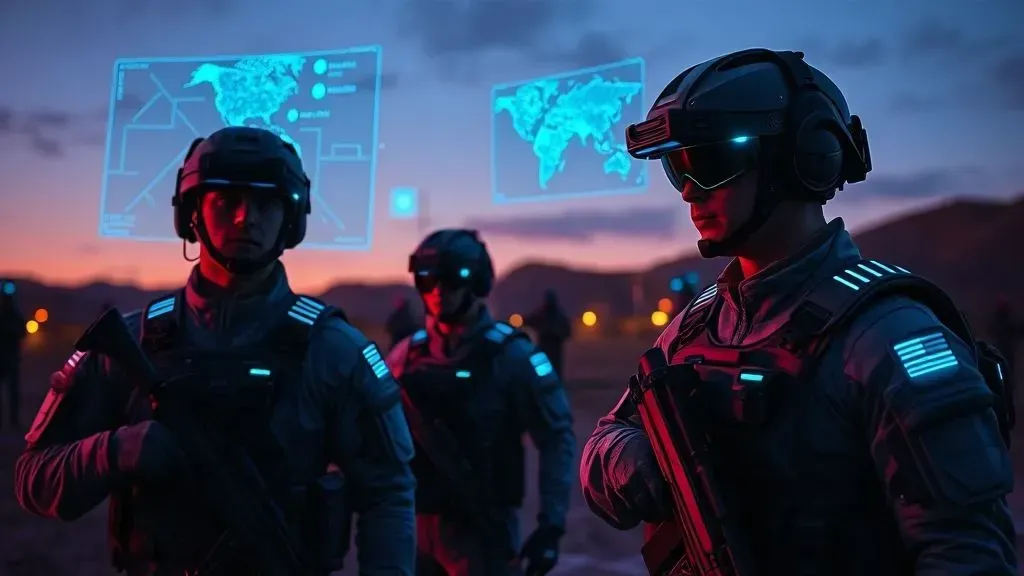Meta is advancing its military technology portfolio by developing AI-powered mixed-reality headsets for the US armed forces, in with defence contractor Anduril. These headsets will leverage Anduril’s Lattice AI system, integrating data from multiple sources to deliver real-time battlefield insights.
partnership and Technological Innovation
The collaboration marks a significant step in applying commercial VR and AR tech for military use, following Meta’s $40 billion investment in VR/AR development since launching the metaverse in October 2021. Palmer Luckey, co-founder of Anduril and Oculus VR, emphasized the project’s importance, stating it aims to turn US soldiers into “technomancers.”
Enhanced Battlefield Capabilities
The EagleEye headset will provide soldiers with enhanced perception and control over autonomous platforms, transforming tactical decision-making in combat scenarios. It integrates immersive technology solutions designed to improve situational awareness on the battlefield. According to Anduril, “This integration will transform how warfighters see, sense, and integrate battlefield information.”
This approach aligns with broader US military efforts to incorporate AI and mixed-reality systems into defense strategies.
Historical Context and Future Implications
Microsoft initially led the development of AR headsets based on HoloLens for the Soldier Borne Mission Command program, but Anduril now takes the reins, with Microsoft remaining the cloud service provider. Meta's push into defense also includes opening its Llama large language model to the US military for national security purposes, highlighting its strategic interest in AI-driven defense solutions.
In November, Meta granted access to its Llama models for defense contractors like Palantir, which partners with Microsoft to deliver AI analytics to US intelligence agencies. These initiatives underscore a growing trend of tech giants integrating advanced AI and extended reality (XR) tech into military applications—redefining CEFi and NFT sectors by fostering more immersive and secure operational environments.
Relevance to adoption, CEFi, and NFTs
As Meta's military projects evolve, they exemplify the convergence of blockchain-like secure data systems with cutting-edge XR technology—potentially influencing how adoption occurs in defense sectors. While NFTs are not directly involved here, the broader ecosystem of secure digital assets and decentralized data management is increasingly relevant in military tech development. This shift indicates a future where innovative hardware and AI-driven platforms become integral to national security infrastructure. The deployment of these headsets reflects ongoing efforts to adapt emerging technologies for strategic advantage within CEFi environments.
Conclusion
Meta’s collaboration with Anduril demonstrates a notable leap in integrating AI-powered mixed-reality systems into military operations. As these technologies mature, their influence on defense strategies will likely extend into broader adoption of immersive tech across civilian sectors.




